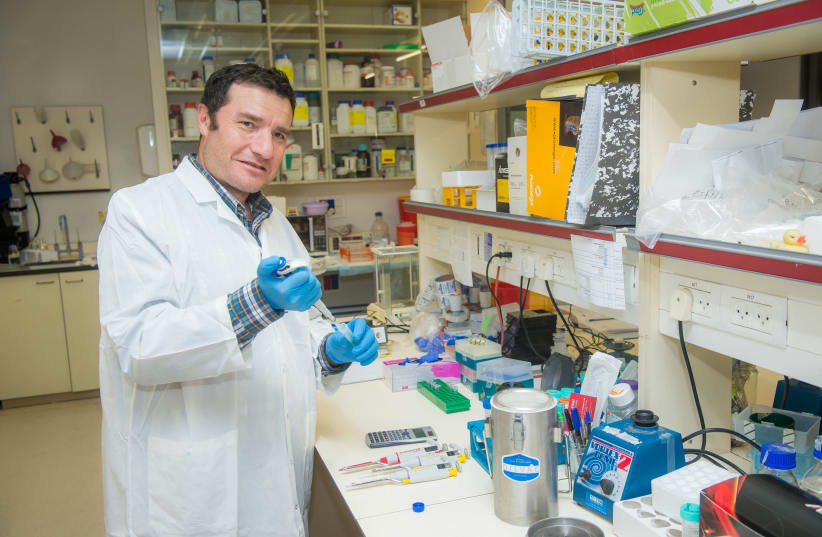Researchers from Bar-Ilan University were able to increase the life expectancy of mice by an average of 30%, as detailed in a press release from the university on Monday.
In a study published recently in the academic journal Nature Communications, Prof. Haim Cohen, Director of the Sagol Healthy Human Longevity Center at Bar-Ilan University; his PhD student Asael Roichman; in addition to Prof. Rafael de Cabo, of the National Institute on Aging at the National Institutes of Health; Prof. Manuel Serrani, of the Institute for Research in Biomedicine in Barcelona; and Prof. Eyal Gottlieb from the Technion, found that transgenic mice have high levels of the SIRT6 gene.
The gene, which was the focus of the research, is involved in regulating many biological processes, such as aging, obesity, and insulin resistance. The researchers focused on the mechanisms underlying the aging process, which is essential for developing interventions in order to improve health and increase life expectancy. Through biochemical methods and metabolic analyses, the researchers discovered the mechanism by which SIRT6 acts as a "fountain of youth."
In this regard, older animals were shown to have lost the ability to generate energy without external sources, whereas genetically engineered mice maintained their capacity to generate energy from other storage areas, such as fats and lactic acid.
"This discovery, combined with our previous findings, shows that SIRT6 controls the rate of healthy aging," says Prof. Cohen, of Bar-Ilan University's Mina and Everard Goodman Faculty of Life Sciences.
"If we can determine how to activate it in humans, we will be able to prolong life, and this could have enormous health and economic implications," he concluded.
